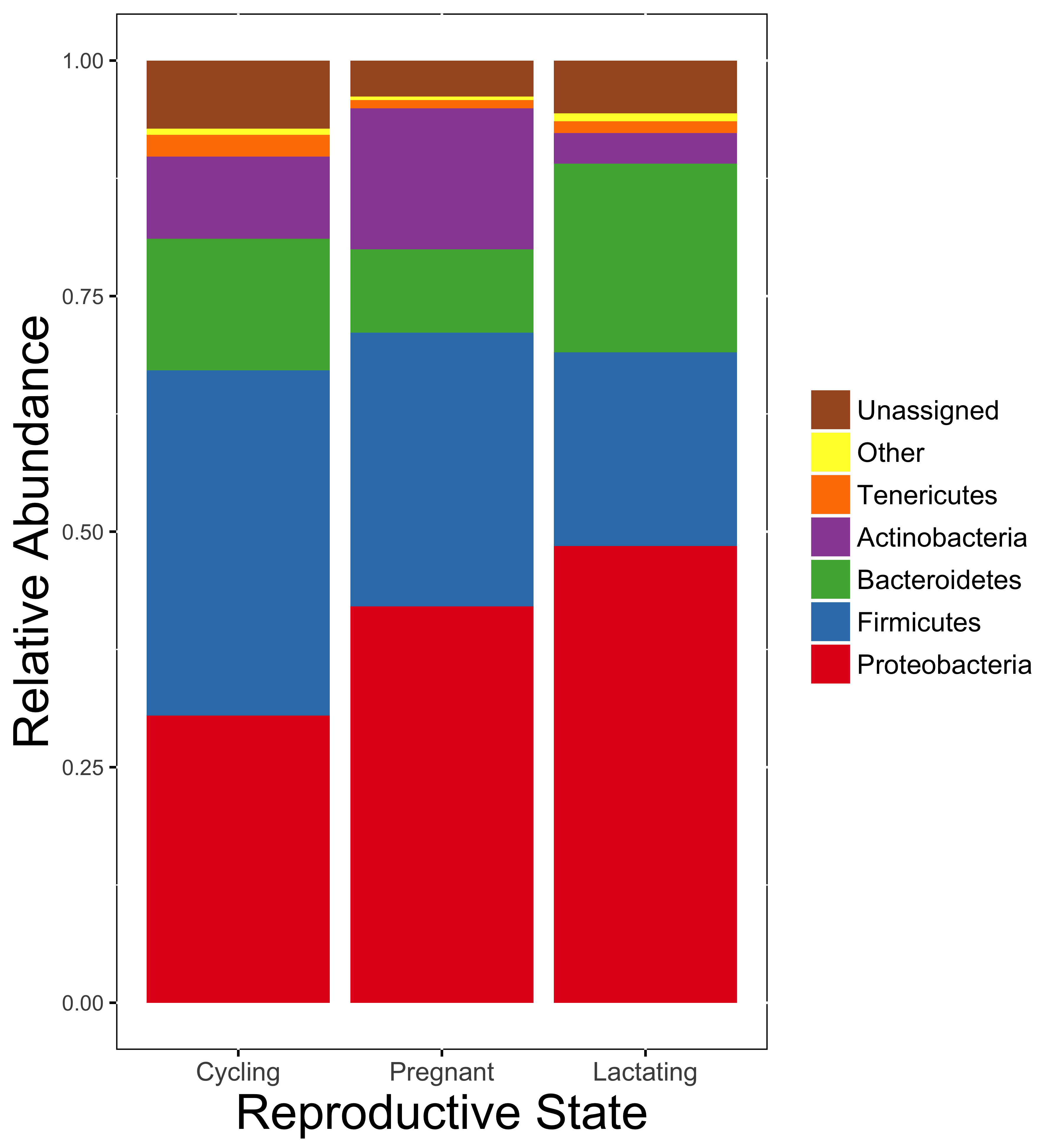Mallott Lab Microbial ecology and human health
Research
Does the gut microbiome mediate relationships between pollutants and health?
We are all exposed to pollutants in our environment daily, but there is vast variation within the United States in how much and what types of exposures individuals experience. Environmental health scientists have establish strong links between both environmental pollutant exposure and gut microbiome composition and environmental pollutant exposure and human health. However, we do not know if the gut microbiome is mediating pollutant-health relationships. We are leveraging gut metagenome data from a large prospective cohort study in the southeastern US (the Southern Community Cohort Study SCCS) to interrogate pollutant->microbiome->health interactions.
How does exposure to soil parasites and pathogenic bacteria impact the gut microbiome?
Neglected tropical diseases were common in the southern United States well into the mid-20th century and may still persist today. In collaboration with the Rural Embodiment and Child Health Study REACH study, we are examining how parasite exposure impacts the gut microbiome, growth, and development in children in the rural South. We have found that intestinal helminth infection and high levels of intestinal inflammation are not uncommon in this community [1,2] and are currently working to understand bacteria-parasite interactions in this setting.
[1] T Cepon-Robins, EK Mallott, I Recca, T Gildner. Evidence and potential drivers of neglected parasitic helminth and protist infections among a small preliminary sample of children from rural Mississippi. 2023. American Journal of Human Biology 35: e23889. DOI: 10.1002/ajhb.23889/.
[2] T Cepon-Robins, EK Mallott, I Recca, T Gildner. Exploring biocultural determinants of intestinal health: Do resource access and parasite exposure contribute to intestinal inflammation among a preliminary sample of children in rural Mississippi? 2022. American Journal of Biological Anthropology 182: 606-619. DOI: 10.1002/ajpa.24574/.
Do changes to the gut microbiome during pregnancy and lactation influence female nutrition?
The gut microbiome compensates for nutritional shortfalls in nonhuman primates [3] and may be one strategy for buffering the energetic stress of pregnancy and lactation in female primates. Our work has shown that the composition of the gut microbiome differs across reproductive states in white-faced capuchins (Cebus imitator) [4], and that progesterone may be mediating interactions between reproductive state and the gut microbiome in Phayre’s leaf monkeys (Trachypithecus phayrei) [5].

Gut microbiome composition across reproduction [4]
We are currently generating gut metagenomes from Phayre’s leaf monkeys to examine finescale variation in function across reproduction to help determine if the compositional changes are increasing microbially-derived energy available to the host.
[3] EK Mallott, LH Skovmand, PA Garber, KR Amato. The faecal metabolome of black howler monkeys (Alouatta pigra) varies in response to seasonal dietary changes. 2022. Molecular Ecology 31: 4146-4161. DOI: 10.1111/mec.16559/.
[4] EK Mallott, KR Amato. The microbial reproductive ecology of white-faced capuchins (Cebus capucinus). 2018. American Journal of Primatology 80: e22896. DOI: 10.1002/ajp.22896.
[5] EK Mallott, C Borries, A Koenig, KR Amato, A Lu. Reproductive hormones mediate changes in the gut microbiome during pregnancy and lactation in Phayre’s leaf monkeys. 2020. Scientific Reports 10: 9961. DOI: 10.1038/s41598-020-6685-2.
How has the metabolic function of the gut microbiome changed across primate evolution?
The gut microbiome of humans is distinct from that of other primates [6]. As human diets have diverged from those of other primates, the metabolic functions of the gut microbiome may also have shifted. In particular, we are interested in short chain fatty acid (SCFA) metabolism. SCFAs are produced by bacteria in the gut and can be used by the host for energy. Previous computational work in the lab showed that butyrate production potential does not differ markedly between humans and nonhuman primates, but that the pathway abundance does differ between humans in industrialized vs. nonindustrialized environments [7].

Butyrate pathway abundance differs across humans, but not between humans and other primates [6]
We are now using multiple molecular and microbiological methods to confirm these patterns in living humans in multiple geographic locations, several species of nonhuman primates, and ancient humans.
[6] KR Amato, EK Mallott, JE Lambert, D McDonald, A Gomez, JL Metcalf, NJ Dominy, GAO Britton, RM Stumpf, T Goldberg, SR Leigh, R Knight. The human gut microbiome is more similar to that of Old World monkeys than apes. 2019. Genome Biology 20: 201. DOI: 10.1186/s13059-019-1807-z.
[7] EK Mallott, KR Amato. Butyrate-producing pathway abundances are similar in human and nonhuman primate gut microbiomes. 2022. Molecular Biology and Evolution 39: msab279. DOI: 10.1093/molbev/msab279/.